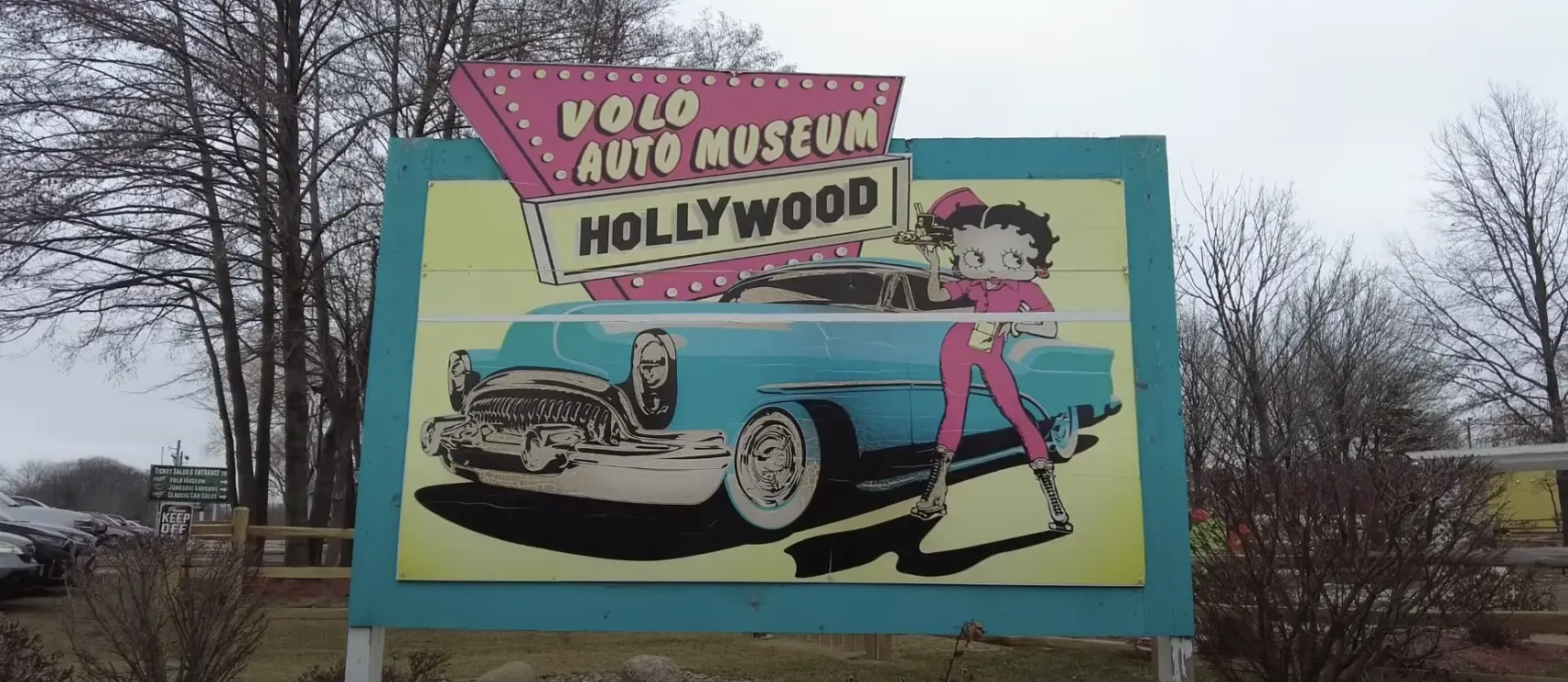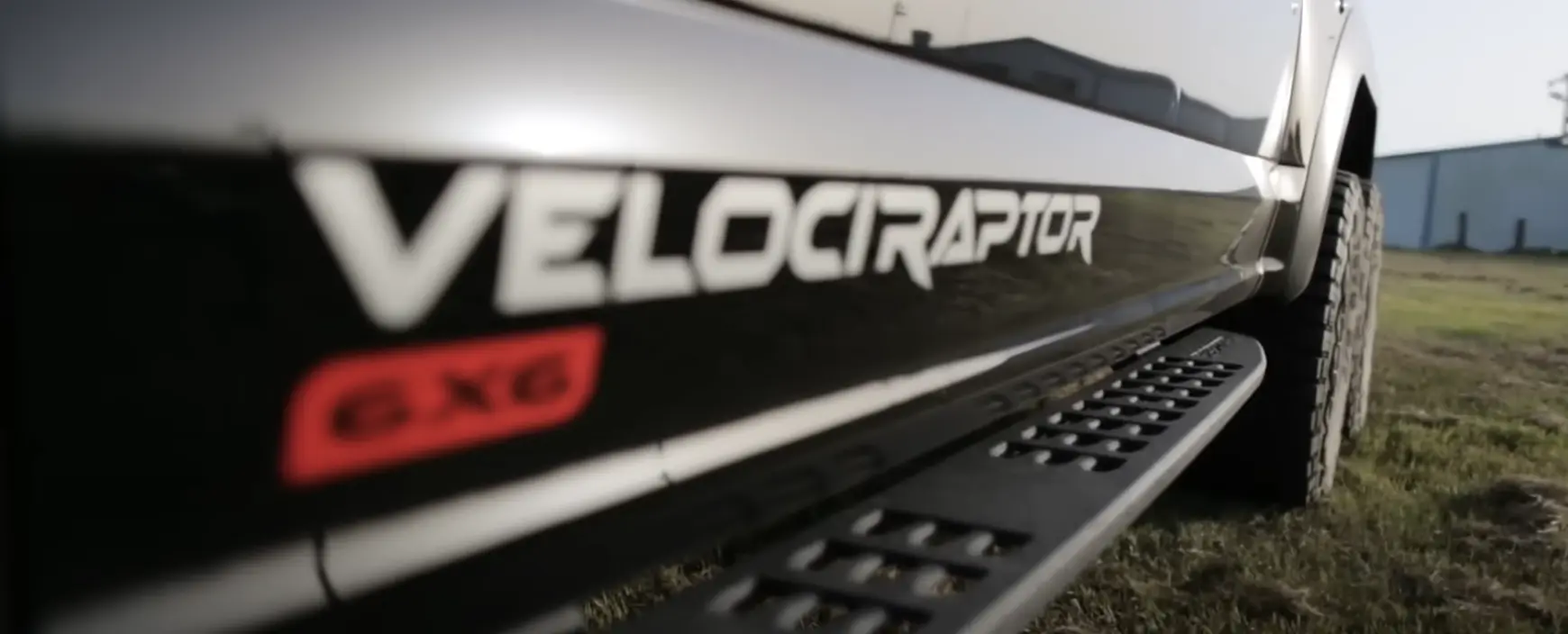Whatever happened to the humble, low-to-the-ground, single cab pickup truck? In the 80s and 90s the US market was flush with trucks like these, from domestics like the Ford Ranger and the Chevy S10 to import models like the old-school Toyota Tacoma and the Nissan Hardbody. For the modern consumer, the truck market is a land of giants. And since last year pickups accounted for 20% of vehicle sales, everyone on the road feels the effects of larger trucks, whether you’re driving one or not. Even trucks marketed as small and mid-sized dwarf their forerunners, and good luck finding anything without a second row of seating in the cab. If the price of vintage Rangers is any indication, people still find these modest, practical vehicles desirable, but that isn’t reflected in the current market.

Like many things in life, the trend towards larger trucks in the US can’t be attributed to any one single factor. Rather, there are multiple considerations that have all gradually influenced the way automakers approach truck engineering, and each of them has pointed toward larger sizes. To understand the lack of small trucks on the market today, we need to understand how each of these factors has played a role. Let’s break it down.
All Cars Are Bigger Now
One thing that’s important to understand when attempting to discern why trucks on the American market have gotten bigger is the simple fact that all cars are bigger than they used to be. The primary driver of the difference in size is the addition of modern safety features in contemporary vehicles. Things like “crumple zones” designed to absorb catastrophic impact with minimal harm to the humans inside the vehicle as well as the array of airbags contained within cars these days necessitate larger designs.
The size increases due to safety measures only go so far, though. The truth is that consumer appetites for features such as heated seats with lots of adjustment options also fed into this trend. For some buyers, space itself is the commodity they are seeking out in a car, whether that’s for storage space or just larger seats, it all adds up to larger and larger cars. And while the size of a car used to have an outsized influence on its fuel economy, advances in technology have also allowed cars and trucks alike to get larger without sacrificing MPG, adding to the appeal.
Another reason for large vehicles is the profitability of manufacturers. These vehicles, with their increased space and a myriad of standard features typically have higher profit margins compared to smaller trucks or passenger cars. As a result, automakers have a financial incentive to focus on producing and marketing larger models.

Bigger Can Be Better
Although a small truck has plenty of practical applications, there are a lot of other truck-specific uses in which a bigger, higher truck is better for several reasons. Off-road driving and towing are just two examples.
Having more ground clearance on your truck is advantageous for off-roading because it allows the vehicle to navigate over obstacles such as rocks, logs, and uneven terrain more easily. Higher ground clearance reduces the risk of the truck’s undercarriage hitting or scraping against these obstacles, which can cause damage to vital components. It also improves the approach, departure, and breakover angles, enabling the truck to tackle steeper inclines and declines without getting caught on the terrain. Additionally, increased ground clearance can enhance the truck’s ability to ford through deeper water crossings, making it more versatile and capable in a variety of off-road conditions.
A larger truck size is also more advantageous for towing because it typically has a more robust frame, a more powerful engine, and a higher towing capacity. The increased size and weight of the truck provide better stability and control when towing heavy loads, reducing sway and improving handling. Additionally, larger trucks often come equipped with advanced towing features such as integrated trailer brake controllers, towing mirrors, and enhanced cooling systems, which further enhance their towing capabilities. The combination of these factors makes larger trucks more suitable for towing large livestock trailers, boats, or recreational vehicles, ensuring a safer and more efficient towing experience.
Trucks Aren’t Just Workhorses Anymore
For a certain kind of person, a small single cab truck with minimal ground clearance is the perfect workhorse vehicle. Whether you’re building a fence or hauling equipment for your landscaping business from place to place, if you need to get in and out of the truck bed frequently and keep a lot of gear in it, smaller is better in many ways. In fact, although truck designs like the classic Toyota Pickup and Ford Ranger single cab models were much smaller than the average modern truck, the proportion of bed size was larger because the one-row cab took up less room.
But lots of consumers today aren’t buying trucks for work purposes. Although plenty of people still use trucks for their jobs, the lifestyle market makes up a significant portion of truck sales. A big truck is great for towing boats and ATVs and venturing off road. Size, power, and ground clearance come in handy for these activities, and lots of truck owners want to bring friends and family along for these kinds of activities. But according to consumer trend reports, the majority of truck owners are mainly just using them to go to and from work, run errands, and all the other day to day activities Americans use their vehicles for. They will still often want to take advantage of the increased cab space a large truck offers, but for better or worse trucks aren’t just for “truck stuff” anymore.

The Bottom Line
To buy a modern truck in America is to buy a comparatively big truck. While other world markets are still getting trucks in smaller shapes and sizes, manufacturers are intentionally not bringing these models to the US market.
Despite the popularity of larger trucks, there is still a niche market for smaller models, as evidenced by the reintroduction of models like the Ford Ranger and the Chevy Colorado in recent years. However, these newer small trucks are still much larger than their 80s and 90s counterparts. Most of them do not offer a single cab model.
The shift towards larger trucks in the US is driven by consumer preferences for safer, more spacious and versatile vehicles, the higher profitability of larger trucks for manufacturers, and improvements in fuel efficiency and emissions. While there is still a market for smaller trucks, it is less significant compared to the demand for larger models, leading automakers to focus more on the latter. Until consumer trends change or other material considerations give automakers a reason to, the truly small truck might be going the way of the dinosaur.






